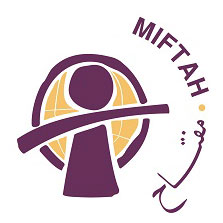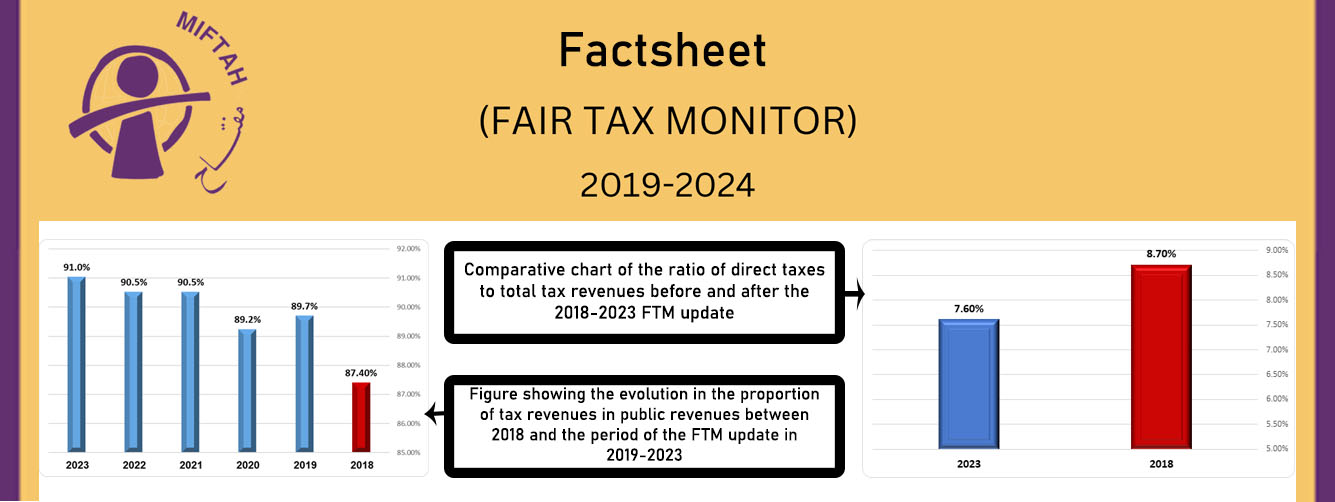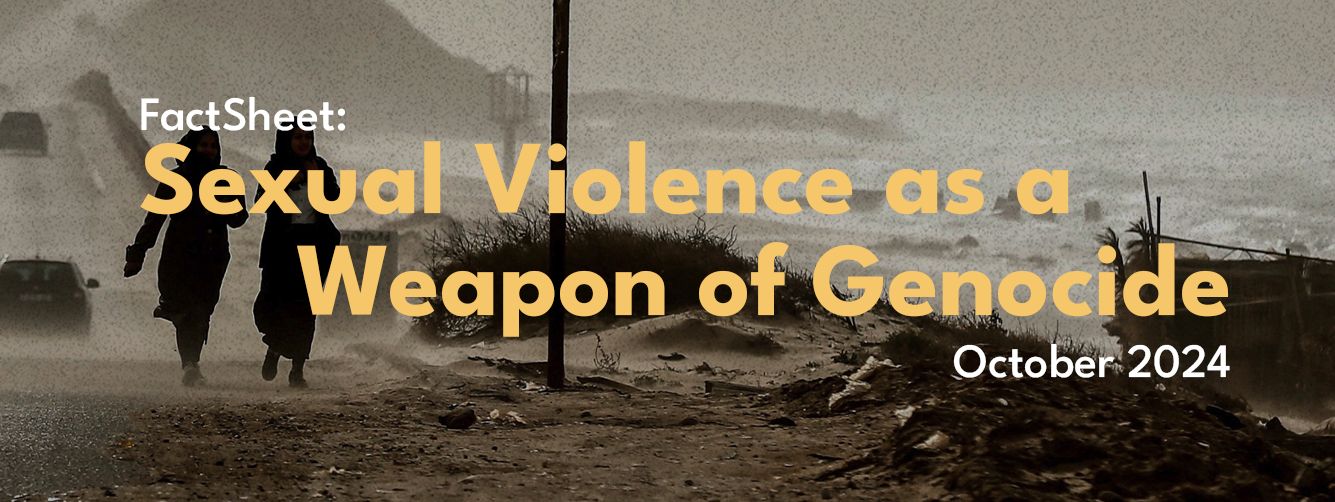Al Nakba (the Catastrophe), or what Israel refers to as the “War of Independence,” symbolizes the dispossession, displacement, and uprooting of almost 1 million Palestinians in 1948 from their original homes in what is know Israel. However, while Al Nakba embodies the first major wave of forced expulsion of Palestinians from their land, Israel’s premeditated campaign of ethnic cleansing and uprooting of Palestinians has continued until the present day.
How did it all start?
On November 29, 1947, the UN General Assembly voted 33 to 13, with 10 abstentions, in favor of the Partition Plan dividing Palestine into Jewish and Arab states. The area of greater Jerusalem was to come under international control. The Jewish state was to receive 55% of Mandatory Palestine.
The Arab leadership opposed the plan, arguing that it violated the rights of the majority of the people in Palestine, which at the time was 67% non-Jewish (1,237,000) and 33% Jewish (608,000).
Fighting between the two sides immediately broke out and hunderds of Palestinian Arabs and Jews were killed.
What was the Palestinian and Arab reaction to the partition plan?
In January, 1948 Palestinian guerrilla leader 'Abd Al Qader Al Husseini secretly returned to Palestine after a ten-year exile to organize resistance to the partition plan. Between January 8 – 28 three groups of 700+ Arab irregular troops arrived in Palestine to join the fighting. Jewish gangs had begun to organize and launch attacks against Arab communities in an attempt to expel them and occupy as much territory as possible.
What was the role of the British at the time?
On March 10, the British House of Commons voted to end the Mandate over Palestine on May 15. “Plan Dalet” was also finalized by the Jewish gang the Haganah. The plan aspired for Jewish military conquest of the area allotted by the UN Partition Plan to the Jewish state and of substantial Palestinian territories beyond this state's boundaries.
How did the Jewish troops operate?
As the fighting intensified between March and May 15, the Jewish army continued to conquer the irregular Arab troops. A coastal "clearing" operation was carried out by the Haganah during this period. Attacks and expulsions drove out almost all Palestinian communities from the coastal area from Haifa to Jaffa prior to the British withdrawal.
What was Deir Yassin?
Also during this period, as part of their plan to terrorize the Arab population, on April 9, 1948 the Irgun and Lehi Jewish gangs carried out the massacre of Deir Yassin. Over 200 Palestinians were massacred in the raid on the Arab Palestinian western suburb of Jerusalem.
'Abd Al Qader Al Husseini, the Palestinian commander in Jerusalem, was also killed in this period leading a counterattack against Jewish troops to recover the Jerusalem area village of Qastal.
What happened to Jerusalem?
Between April 26 and 30, the Haganah Har'el and Etzioni brigades launched “Operation Yevussi” in and around Jerusalem, attacking the East Jerusalem quarter of Sheikh Jarrah, which they were later forced to hand over to British authorities. Jewish troops then captured the West Jerusalem residential district of Qatamon from Palestinian irregulars causing the flight of its Palestinian inhabitants. By April 30, all Palestinian quarters in West Jerusalem had been occupied by the Haganah and its residents driven out.
Were there other massacres?
On May 1, Zionist forces occupied and massacred more than 70 civilians from 'Ayn al-Zaytun (Safad) in northern Palestine. By May 3, 175-200,000 Palestinian refugees were reported to have fled from areas taken by Zionists, including some 50,000 who fled from the Jaffa suburbs and neighboring villages following attacks by Jewish gangs.
What was the role of the Arab regimes?
On May 13, the Arab League met and agreed to send regular troops into Palestine when the Mandate expired. Abdullah of Transjordan was named as the commander-in-chief of the Arab armies, but the various Arab armies remained largely uncoordinated throughout the war.
When did Israel declare its independence?
On May 14, 1948 David Ben Gurion declared the indendence of Israel one day before the British Mandate was due to expire in Palestine.
Over the next few days, approximately 1,000 Lebanese, 5,000 Syrian, 5,000 Iraqi, 10,000 Egytpian and 4,000 Transjordanian troops invaded the newly-established state but were largely conquered by the Israeli army, which continued to push out the Arab population.
How does it end?
Following the defeat of the Arab armies, Israel signed the 1949 Armistice Agreements, which are a set of agreements between Israel and Egypt, Jordan and Syria, effectively ending the 1948 war.
How many Palestinians were made refugees by Al Nakba?
Palestinian researchers have suggested up to 850,000 people were expelled from or fled their homes in the 1948 war. Of this population, approximately one-third fled to the West Bank, another third to the Gaza Strip, and the remainder to Jordan, Syria, Lebanon or other countries.
Estimates put the worldwide Palestinian population at over eight million today. In June 2004, UNRWA data showed some 4,186,711 registered refugees in its "area of operation" (West Bank, Gaza, Jordan, Syria, Lebanon).
What did the international community have to say about the refugee problem?
In December 1948, the UN General Assembly passed Resolution 194, which declared that in the context of a general peace agreement "refugees wishing to return to their homes and live in peace with their neighbors should be permitted to do so" and that "compensation should be paid for the property of those choosing not to return." However, the resolution was never implemented.
Updated







